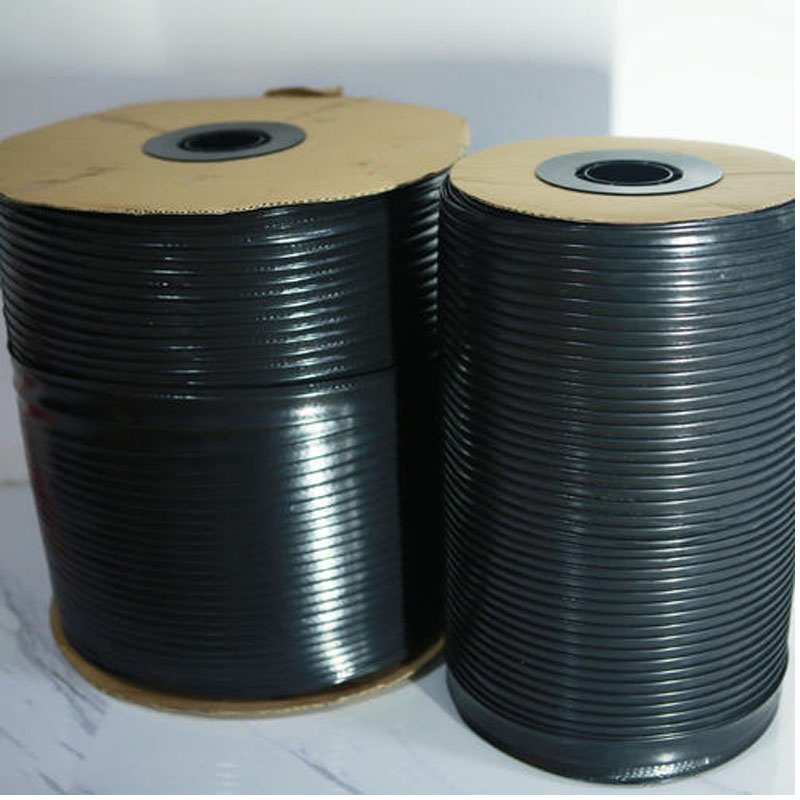Oct . 02, 2024 08:18 Back to list
HDPE Pipe Size Guide for Optimal Water Flow and Infrastructure Solutions
Understanding HDPE Pipe Sizes A Comprehensive Guide
High-Density Polyethylene (HDPE) pipes have become increasingly popular in various industries, ranging from water supply and sewage systems to gas distribution and industrial applications. One of the most critical factors to consider when working with HDPE pipes is their size. This article will delve into the different sizes of HDPE pipes, their applications, and the importance of selecting the correct size for specific projects.
What is HDPE?
HDPE, or High-Density Polyethylene, is a thermoplastic polymer made from petroleum. It is known for its high strength-to-density ratio, durability, and resistance to impact, chemicals, and environmental stress. These properties make HDPE pipes an ideal choice for various applications, including drinking water systems, waste management, and even mining operations.
HDPE Pipe Sizes
HDPE pipes are available in a variety of sizes, which can be categorized based on two primary systems nominal pipe size (NPS) and diameter (D). The sizes are typically denoted by a series of numbers indicating the pipe's diameter, which can range from a few millimeters to several meters.
1. Nominal Pipe Size (NPS) - NPS is a North American set of standards for the sizing of pipes. The size designation does not directly represent the exact pipe diameter but serves as a reference point. - HDPE pipes often fall into the NPS categories of 1/2 inch to 63 inches, corresponding to various applications.
2. Diameter - The outer diameter (OD) and the inner diameter (ID) of HDPE pipes are crucial for understanding flow capacity and pressure ratings. - For instance, pipes with an outer diameter ranging from 16mm to 1200mm are commonly used, with specific applications depending on the diameter.
Wall Thickness and SDR
hdpe pipe sizes product

In addition to diameter, the wall thickness of HDPE pipes significantly impacts their performance. The Standard Dimension Ratio (SDR) is a commonly used term that describes the relationship between the pipe's diameter and wall thickness. A lower SDR number indicates a thicker wall and, therefore, a higher pressure rating.
For example, an SDR of 11 indicates that the pipe has a wall thickness that allows for higher pressure, making it suitable for high-pressure applications, such as water mains and industrial use. Conversely, pipes with a higher SDR (e.g., SDR 17 or SDR 26) are thinner and more suited for applications with lower pressure requirements, like drainage systems.
Importance of Selecting the Right Size
Choosing the correct HDPE pipe size is crucial for several reasons
1. Flow Efficiency The size of the pipe directly affects fluid flow. A pipe that is too small can lead to increased pressure and reduced efficiency, while a pipe that is too large can lead to unnecessary expenditure and complexity. 2. Cost-effectiveness Oversizing pipes can lead to higher initial costs, increased installation time, and a larger footprint in infrastructure planning. Conversely, undersizing can cause failures or costly repairs down the line.
3. Compliance and Safety Many applications must adhere to specific regulations regarding pipe sizes, especially in drinking water and gas distribution. Incorrect sizing can lead to compliance failures and safety hazards.
4. Longevity and Maintenance Properly sized pipes minimize the risk of damage and the need for maintenance over time. Larger pipes may be more prone to issues like sedimentation, which can lead to blockages.
Conclusion
In summary, HDPE pipes come in a range of sizes and specifications, making them versatile for various applications. Understanding pipe sizes, wall thickness, and the importance of proper sizing is essential for engineers, contractors, and project managers in selecting the right pipe for their needs. By considering these factors, stakeholders can ensure the long-term efficiency, safety, and reliability of their piping systems. Whether for industrial, residential, or commercial use, the right HDPE pipe size can make all the difference.
-
High-Quality PVC Borehole Pipes Durable & Versatile Pipe Solutions
NewsJul.08,2025
-
High-Quality PVC Perforated Pipes for Efficient Drainage Leading Manufacturers & Factories
NewsJul.08,2025
-
High-Quality PVC Borehole Pipes Durable Pipe Solutions by Leading Manufacturer
NewsJul.08,2025
-
High-Quality PVC Borehole Pipes Reliable PVC Pipe Manufacturer Solutions
NewsJul.07,2025
-
High-Quality UPVC Drain Pipes Durable HDPE & Drain Pipe Solutions
NewsJul.07,2025
-
High-Quality Conduit Pipes & HDPE Conduit Fittings Manufacturer Reliable Factory Supply
NewsJul.06,2025

